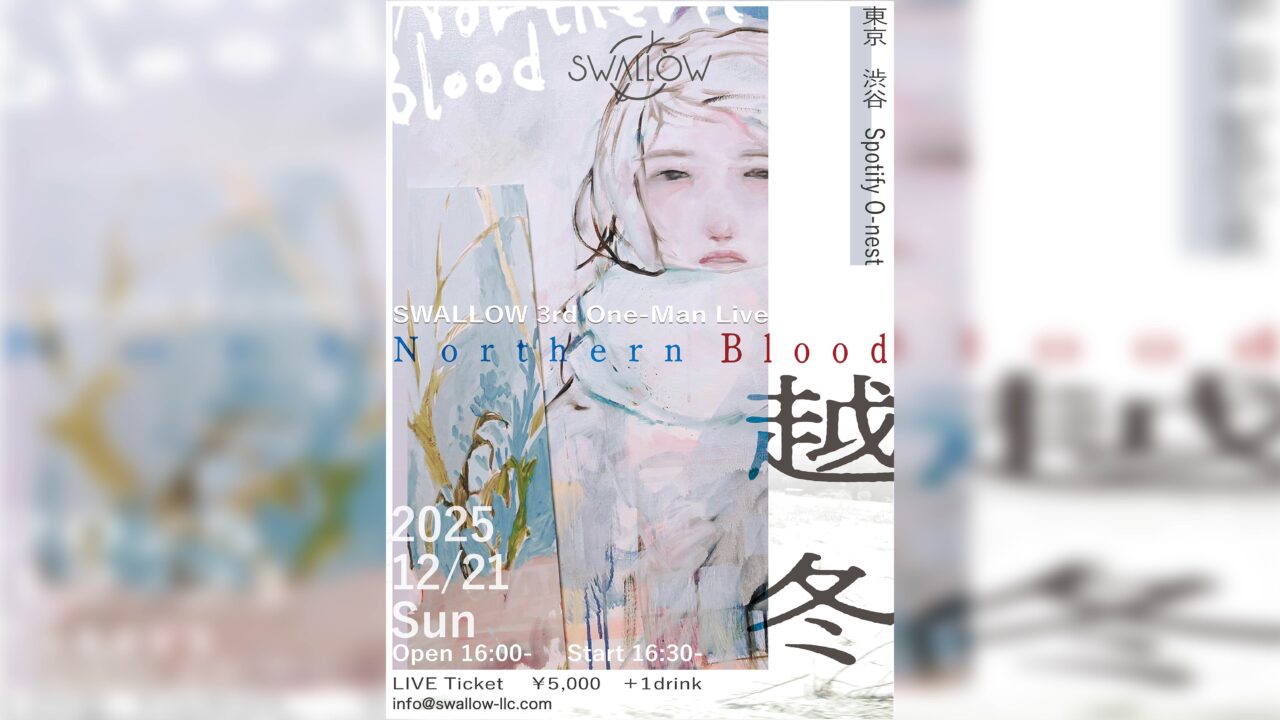The anime film ‘The Colors Within’ hit theaters on Friday, August 30, and it’s especially noteworthy as the latest collaboration from the creative team behind ‘A Silent Voice’: director Naoko Yamada, screenwriter Reiko Yoshida, and composer Kensuke Ushio.
Although both films focus on the emotions and communication struggles of young people, ‘The Colors Within’ takes a gentler approach, celebrating the beauty of “overflowing emotions” in a calm and soothing atmosphere.
INDEX
Themes of “Emotions” Echoed in ‘A Silent Voice’
While ‘A Silent Voice’ received widespread acclaim, it also sparked reactions from those who found the story, which revolves around childhood bullying, difficult to watch or even unsettling.
In contrast, ‘The Colors Within’, crafted by the same creative team, can be seen as a response to A Silent Voice. Rather than portraying the pain of bullying or strained relationships, it embraces the idea of “overflowing emotions” in a positive light. The film is filled with a calm and comforting atmosphere, devoid of any harsh conflicts, while still deeply addressing “youth communication.” Its delicate and thoughtful portrayal of emotions mirrors the strength of A Silent Voice, making it not only a must-watch for fans of the previous film but also for those who found A Silent Voice too intense. Let’s dive into the reasons why this film deserves attention, touching on its narrative elements.
INDEX
Music as a Medium for Unveiling Inner Feelings
High school student Totsuko, who attends a mission school in Nagasaki, meets Kimi, a girl working at a secondhand bookstore, and Rui, a boy secretly involved in music. Together, they form a band.
All three main characters share the trait of “hiding their feelings of affection.” Totsuko appears to be an innocent and cheerful girl but sometimes tells lies to maintain appearances. Kimi has not told her family about her school dropout, and Rui, despite his commitment to becoming a doctor to meet his mother’s expectations, is deeply passionate about music.
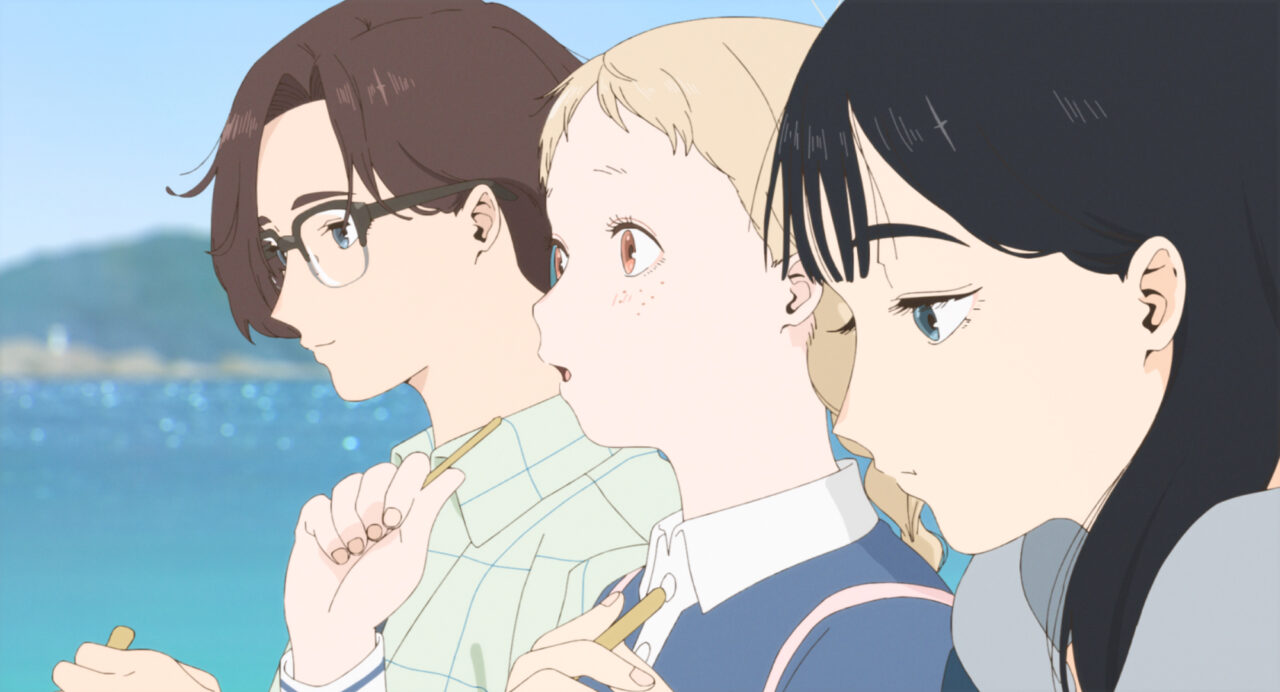
The film’s major appeal lies in how the true feelings of these three characters gradually spill out through their music. For example, when Totsuko makes an unexpected suggestion to form a band at the bookstore, and Kimi pleasantly agrees, Totsuko’s reaction is filled with surprise and joy, which is both endearing and heartwarming. This overflowing emotion of “liking” suggests that it’s okay to not hide one’s feelings, and that many people might find comfort in this openness.
INDEX
The Courage to Acknowledge Your True Interests
To better capture the idea of “it’s okay as it is,” here is a direct quote from the project proposal by director Naoko Yamada.
The acute sensitivity of adolescence has always been a constant, but what seems to be changing is how we perceive “social norms.”
In the past, the focus was on whether one could “read the atmosphere” or not. Today, this concept has become more nuanced and layered, with young people showing an impressive depth of thought on these issues.
There are now extensive guidelines for maintaining a clean boundary between oneself and others (society). People are managing the balance between surface-level “politeness” and their inner “self” with incredible attention to detail.
What happens when that balance is disrupted? It’s like water overflowing from a cup. I hope that their overflowing emotions can be channeled into something positive. My aim is to capture the strength of being able to confidently say “I like what I like.”
(From the proposal for this film by director Naoko Yamada, which can be found on the official website )
Indeed, young people, especially adolescents, are highly attentive to their communication. While controlled social norms and being mindful of others are important, director Naoko Yamada infuses this film with a sense of kindness, emphasizing the importance of acknowledging and embracing the overflowing emotions of “liking what you like” as a source of strength.
The theme of “hidden feelings overflowing” is also explored in films like “Liz and the Blue Bird” and “Tamako Love Story,” which were written by Naoko Yamada and Reiko Yoshida. Furthermore, just as the anime “K-On!” portrayed, the rich animation in ‘The Colors Within’ vividly expresses these emotions through its musical scenes. In this regard, ‘The Colors Within’ can be seen as a culmination of the creative work of these two collaborators.
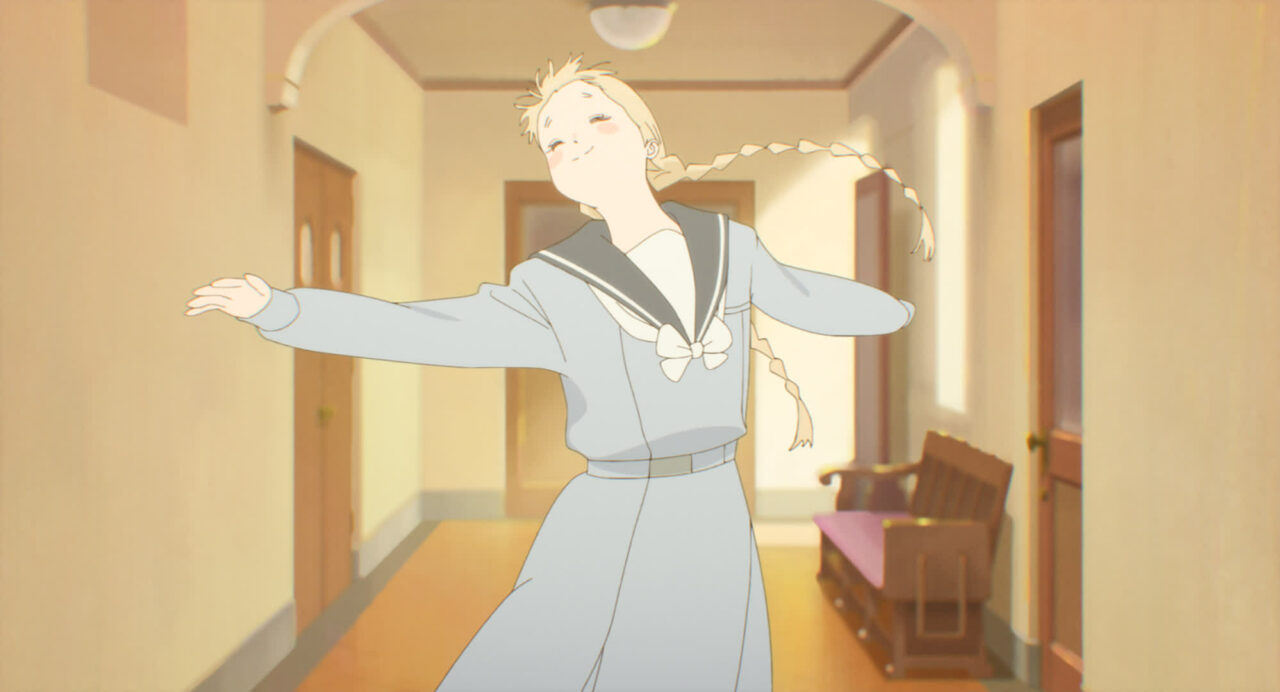
INDEX
Understanding the Meaning Behind “Seeing Colors”
The protagonist, Totsuko, has the unique ability to see people’s “colors,” but unlike typical superpowers in sci-fi, this ability doesn’t directly resolve specific situations. Instead, its value lies in the concept itself. Director Naoko Yamada notes in the press materials, “I believe that we all have subconscious ways of sensing people in our daily lives. I aimed to give viewers a way to connect with this sensory experience by having Totsuko perceive people through colors.”
Thus, the colors Totsuko sees in the film should be viewed as a visual representation of the abstract sensation of “perceiving people” that exists in real life.
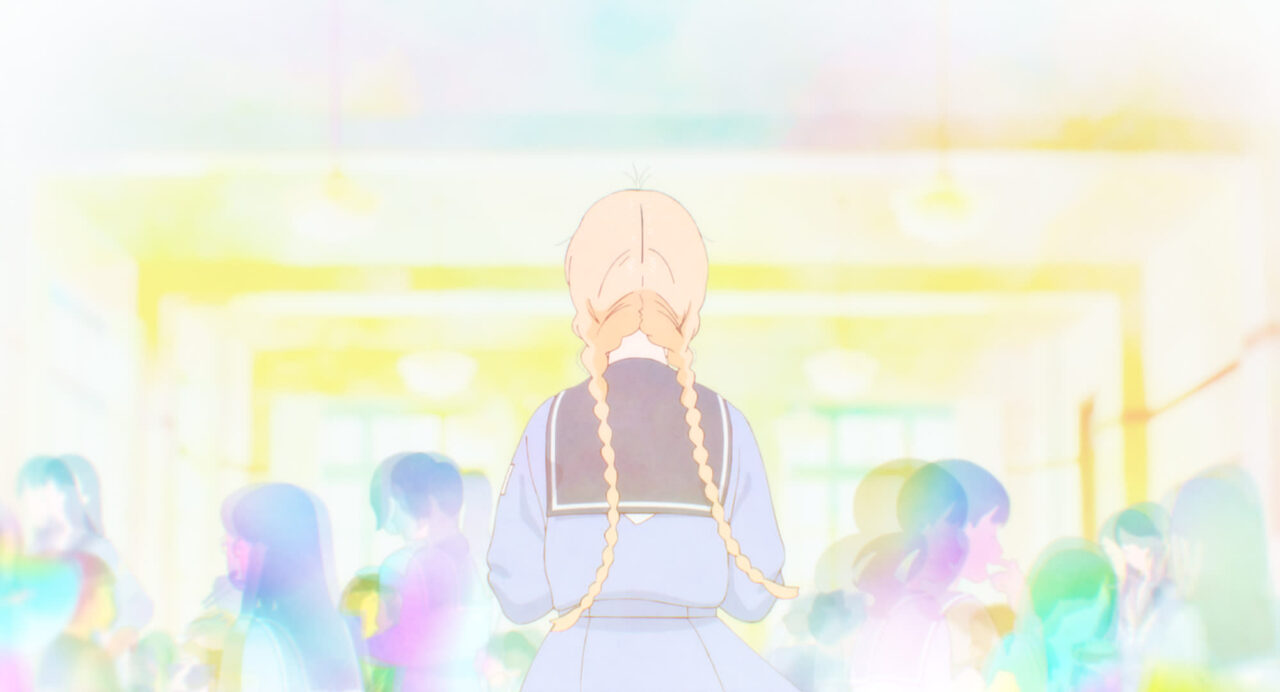
The phrase “to each their own” highlights that everyone has their own unique traits and魅力. Totsuko, however, is particularly captivated by Kimi, whose “vivid, clear summer sky with no clouds” color stands out to her. This profound attraction might symbolize an indescribable feeling, going beyond mere infatuation or admiration.
Conversely, Totsuko also grapples with the issue of “not being able to see her own color,” which reflects the common uncertainties faced by young people, such as feeling like they are “nothing” or unsure of their path. It’s important to watch how Totsuko discovers and defines “her own color” as the story unfolds.
INDEX
Naoko Yamada’s Kindness Evident in Both ‘A Silent Voice’ and ‘The Colors Within‘
In ‘A Silent Voice‘ communication is portrayed as sometimes distorted and hurtful. The boy who once bullied others continues to carry the burden of his guilt, unable to forgive himself or others, while the girl who was bullied expresses her self-loathing with statements like “I hate myself.”
In contrast, ‘The Colors Within’ depicts how overflowing emotions can be transformed into something positive and highlights the strength in being able to say “I love what I love,” as previously mentioned. This positive portrayal of emotions is the key reason why ‘The Colors Within’ can be seen as an answer to ‘A Silent Voice.’
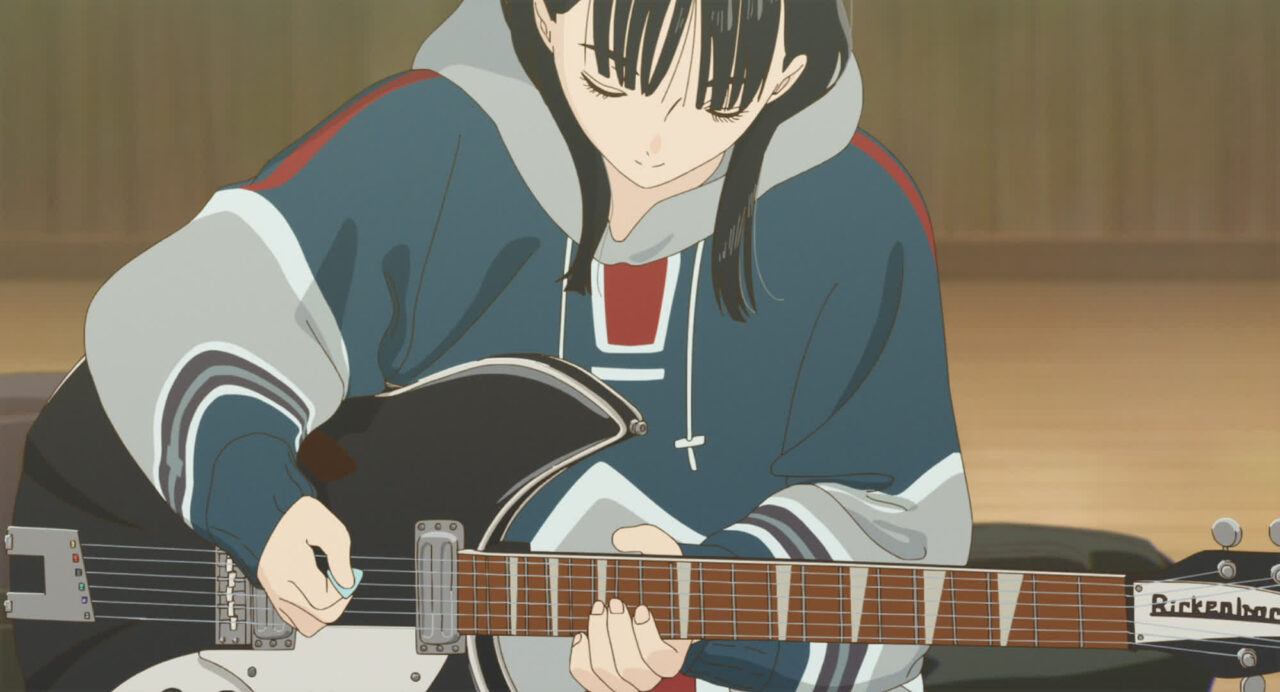
Director Naoko Yamada shared, “While I lack confidence in myself, I believe it’s crucial not to blame others for my situation. This approach was central to the creation of ‘The Colors Within.'” She also noted that Reiko Yoshida’s scripts reflect a fundamental belief that “struggling to resolve issues independently, which can be seen as both a weakness and a strength, is a consistent theme across all her works.”
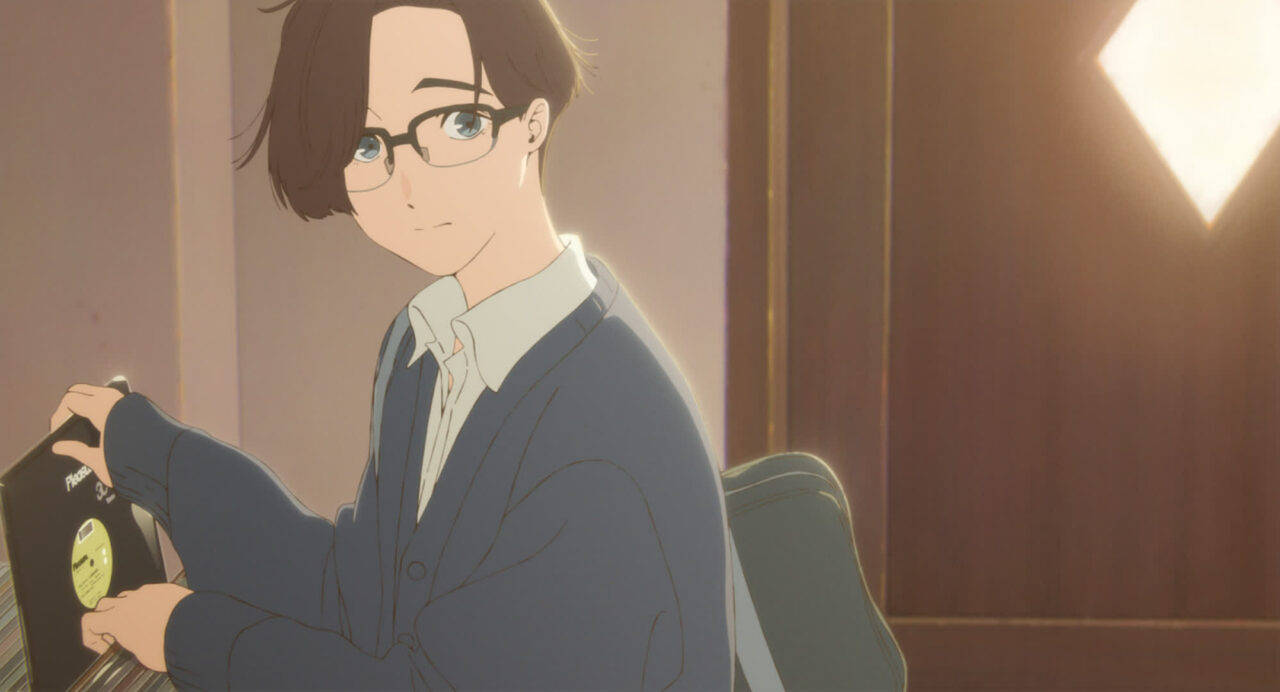
In the works of director Naoko Yamada and scriptwriter Reiko Yoshida, there’s a recurring theme of characters struggling with self-doubt while striving to handle challenges on their own. Despite their strong sense of personal responsibility, these characters often face the reality that some issues cannot be resolved alone. Their stories highlight how meaningful communication with others can lead to solutions and positive emotions. This compassionate portrayal of life’s complexities is particularly evident in both “A Silent Voice” and ‘The Colors Within.’
INDEX
The Charm of Subtle Art Style, Atmosphere, and Storyline
The setting of ‘The Colors Within’ is highly minimalistic, with its art style, atmosphere, and storyline all embracing a “subtle” quality. In addition to the abstract concept of perceiving people’s “colors,” the film includes elements deliberately left vague and ambiguous. For those who prefer clear and straightforward narratives, this approach might leave some lingering uncertainties (although elements can be supplemented by reading the novelization).
However, if one can actively engage with the subtleties of each character’s inner world and the depth of the story, ‘The Colors Within’ can be appreciated as a profoundly rich work. The charm of the vibrant animated performance scenes, featuring pop and cute music alongside distinct character personalities, will resonate with everyone. Given the meticulous craftsmanship of the anime, there are likely to be new discoveries with each viewing. It is highly recommended to experience this film in the best possible setting: the theater.
The Colors Within
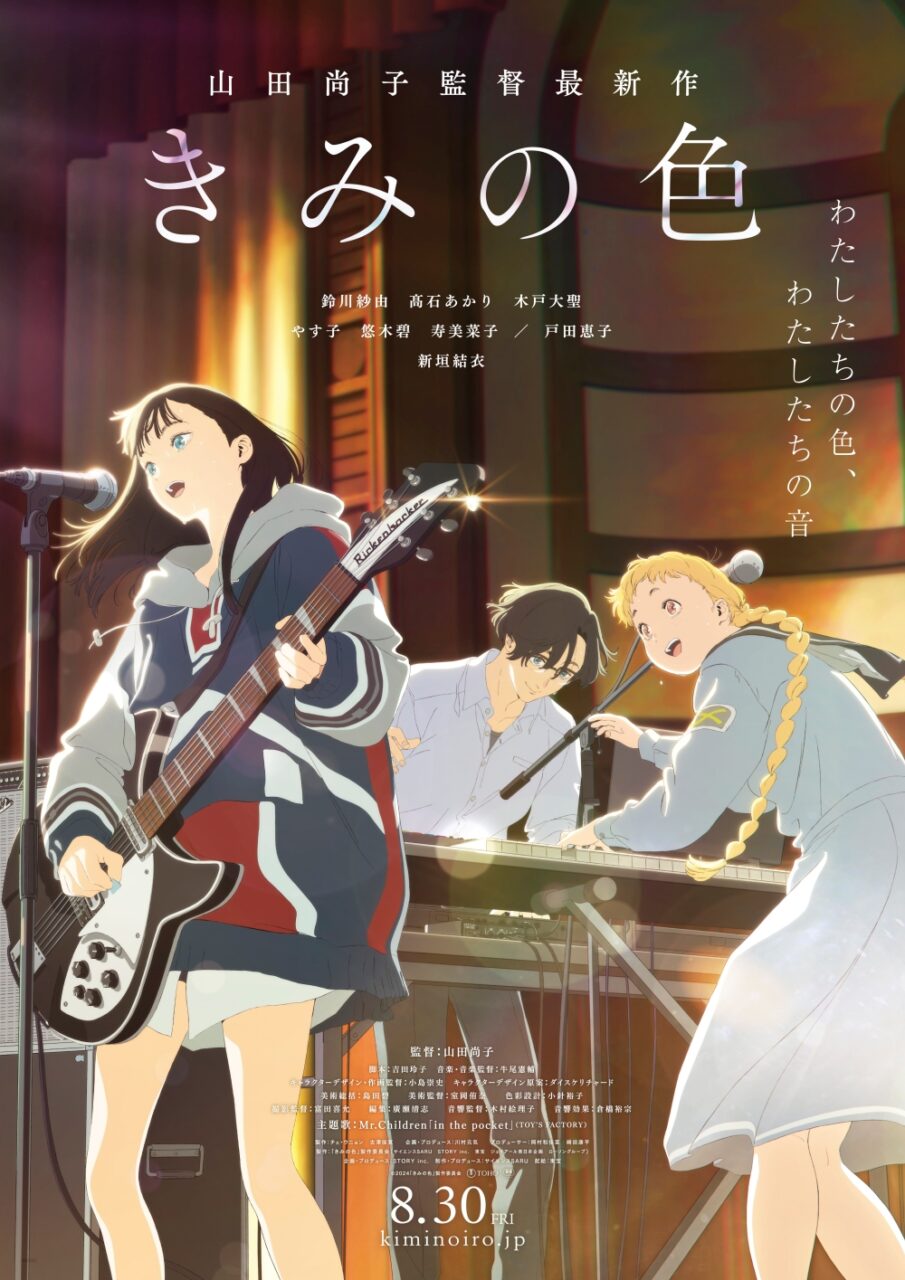
Director: Naoko Yamada (A Silent Voice, Liz and the Blue Bird, K-On!, The Heike Story)
Voice Cast: Sayu Suzuki, Akari Takai, Taisei Kido / Yasuko, Aoi Yūki, Minako Kotobuki / Keiko Toda / Yui Aragaki
Screenplay: Reiko Yoshida (The Cat Returns, Violet Evergarden, Okaasan Online)
Music & Music Supervisor: Kensuke Ushio (A Silent Voice, Chainsaw Man)
Theme Song: Mr.Children – “in the pocket” (TOY’S FACTORY)
Character Design & Animation Director: Takushi Kojima
Character Design Original Concept: Daisuke Richard
Production: The Colors Within Production Committee
Planning & Production: STORY inc. (Your Name., Weathering With You, Suzume)
Production & Animation: Science SARU (The Night Is Short, Walk On Girl, Keep Your Hands Off Eizouken!, The Heike Story)
Distribution: Toho
Release Date: August 30, 2024 (Friday) – Nationwide Toho Release
©2024 The Colors Within Production Committee
IMAX® is a registered trademark of IMAX Corporation.
Official Website: kiminoiro.jp
Official X: x.com/kiminoiro_movie
Official Instagram: instagram.com/kiminoiro_movie/
Official TikTok: tiktok.com/@kiminoiromovie















